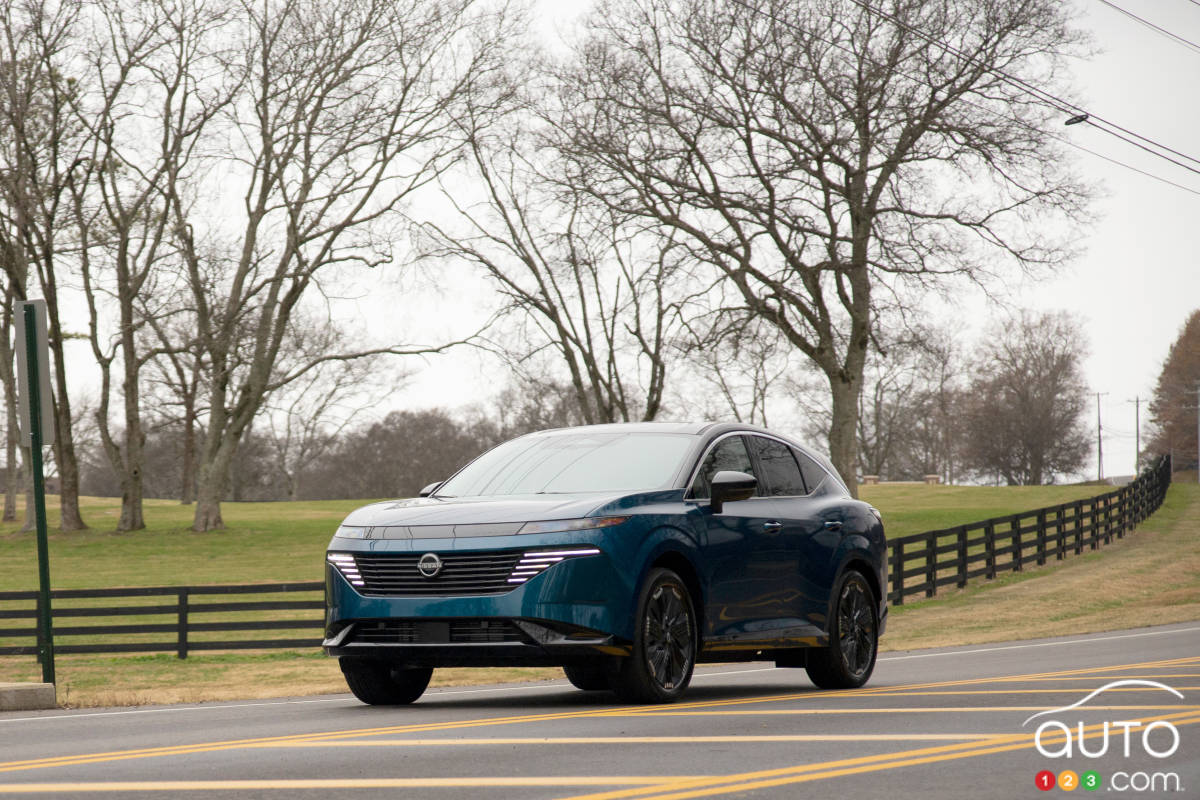
U.S.-assembled vehicles saw their market share decline in Canada in the second quarter of 2025, as reciprocal tariffs between Ottawa and Washington begin to seriously affect trade.
According to DesRosiers Automotive Consultants, the share of U.S.-made vehicles dropped from 41 to 39 percent of Canadian sales between April and June. That modest decrease is likely a harbinger of bigger drops to come.
Price increases deemed untenable
With Canadian surcharges of 25 percent imposed since April 9, car manufacturers are evaluating whether importing certain American-built models is still worthwhile. “The only other option is to increase prices, and a 25 percent increase is hardly feasible for the majority of segments,” says Andrew King, managing partner at DesRosiers.
Mazda CX-50 | Photo: D.Boshouwers
Mazda has temporarily stopped exporting the CX-50 to Canada; Nissan has done the same with its Pathfinder, Murano and Frontier. A number of carmakers are awaiting a potential trade agreement, but if nothing changes, more U.S. models could disappear from Canadian showrooms.
Foreign models gain ground
Vehicles assembled in Canada have gained some sales ground in the wake of these suspensions, but the biggest winners have been models imported from Europe and Asia that are benefiting from the situation. But it’s worth noting that the downward trend for U.S.-made vehicles in Canada is not new: they accounted for 66 percent of import value in 2004, but only 48.9 percent in 2024, according to Innovation, Science and Economic Development Canada (ISED).
Exemptions for carmakers manufacturing in Canada
Ottawa has implemented a discreet tariff rebate program for the five manufacturers – Ford, GM, Honda, Stellantis and Toyota – that produce some vehicles in Canada. That is helping limit the impacts on their lineups. In contrast, Hyundai, Kia, Mazda and Nissan, which have no plants in Canada, are the most vulnerable.






